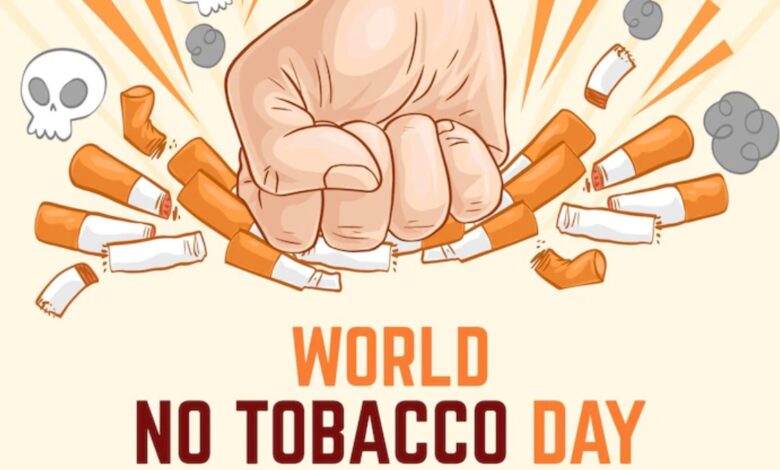Gov’t called on to focus on affordable nicotine alternatives over costly Anti-Tobacco Campaigns
Government has been urged to address the amount of money and time spent on campaigns addressing the control of tobacco, yet enough is not done to have relevant subsidized forms of decreasing nicotine.

Government has been urged to address the amount of money and time spent on campaigns addressing the control of tobacco, yet enough is not done to have relevant subsidized forms of decreasing nicotine.
As Ugandan joined the rest of the world to commemorate the World No-Tobacco Day celebrated every 31st May, experts spoke on how the government can ensure that low-risk nicotine alternatives are both accessible and affordable to the majority of smokers, especially in rural areas.
Dr. Sudhanshu Patwardhan a Nicotine Expert and Health Tech Entrepreneur noted that Nicotine replacement therapy (in the form of medically licensed nicotine gums and patches), needs to be on the essential medicines lists of countries aiming to become free from the harms of risky forms of smoked and smokeless tobacco products.
He added that the governments, public health bodies and agencies, charities and philanthropies need to invest in capacity building, for delivering cessation (quitting) support and tools for current smokers.
“This is the human right of the smokers- it is not enough to simply tell them to stop and not provide the necessary help to overcome their tobacco addiction.” He noted.
For current tobacco users, Patwardhan explained that alternative nicotine delivery systems such as electronic cigarettes and nicotine pouches, have the potential to be another cessation tool along with the medically licensed forms of nicotine, other prescription medications and behavioral counselling.
According to Patwardhan, “Regulating and not banning alternative nicotine products is crucial to ensure that current smokers can avail them for cessation while non-smokers and young adults do not get access to them to become newly dependent on nicotine. This is a fine balance but needs to be struck wisely by policymakers to ensure health for all.”
Countries like the UK are a leading example in this, with Patwardhan highlighting that products such as e-cigarettes are regulated and monitored in the marketplace so as to prevent uptake by the youth, but also part of the suggested suite of tools recommended for quitting smoking.
“Countries such as Uganda could benefit by adapting (and not simply adopting) tobacco control and tobacco cessation practices from around the world to their local context.” He explained.
Meanwhile Joel Sawa, the Team Leader at Tobacco Harm Reduction Uganda, asked for a thorough revision of the Tobacco Control Act of 2016, saying that it should integrate harm reduction principles, recognizing the role of low-risk nicotine products in reducing the health burden associated with smoking.
He noted that this includes providing a legal basis for the production, distribution, and use of these alternatives.
“A national educational campaign is essential to inform the public about the benefits of THR and the availability of safer nicotine products. Clear, evidence-based information can empower smokers to make informed choices and transition away from harmful combustible tobacco,” he said.
According to Sawa, adapting the Tobacco Control Act of 2016 to support a harm reduction approach is expected to yield significant public health benefits.
He said this can be done by facilitating the switch from combustible cigarettes to low-risk nicotine alternatives, and hence Uganda can reduce the incidence of smoking-related diseases and mortality.
Sawa highlighted that, “Ensuring that these alternatives are accessible, affordable, and available will make it easier for smokers to transition away from harmful tobacco use. This approach not only protects current smokers but also creates a healthier environment for future generations.”
As the world continues to commemorate the World No-Tobacco Day, activists believe that the Tobacco Control Act of 2016 has been instrumental in curbing tobacco use through stringent measures including advertising bans, public smoking restrictions, and mandatory health warnings.
However, the evolving landscape of tobacco harm reduction calls for a more inclusive regulatory framework that acknowledges and supports the potential of less harmful nicotine delivery systems such as electronic cigarettes and heated tobacco products.







